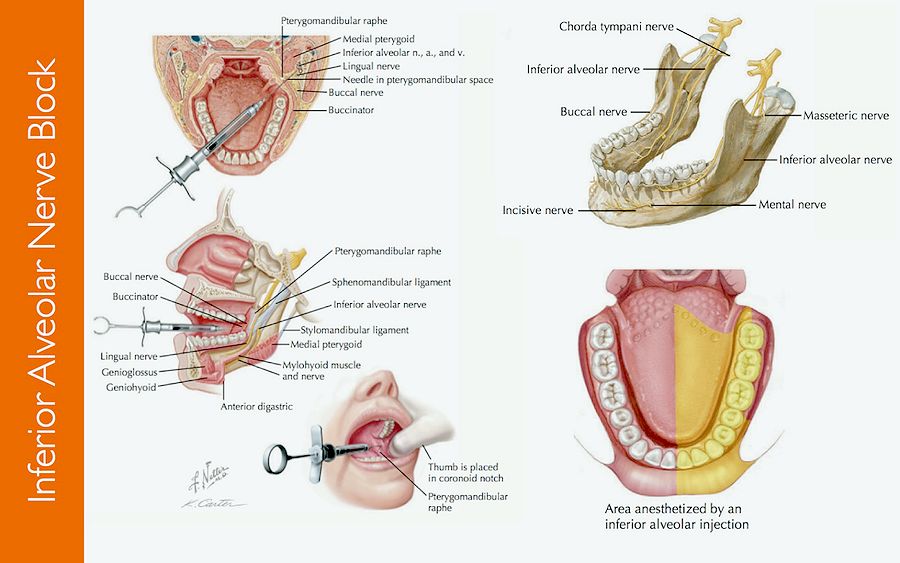
Mastering Anesthesia: Techniques for Safe and Effective Care
Anesthesia techniques are a critical component of modern medical procedures, ensuring patient comfort and safety during surgical interventions. In this article, we explore the diverse range of anesthesia techniques, their applications, and the significance of skilled anesthesia administration for safe and effective patient care.
Understanding Anesthesia Techniques
Anesthesia is a medical specialty focused on rendering patients insensible to pain during surgical or medical procedures. Anesthesia techniques are diverse, encompassing general anesthesia, regional anesthesia, and local anesthesia. Each technique serves a specific purpose, tailored to the nature of the procedure and the patient’s medical condition.
General Anesthesia: Inducing Controlled Unconsciousness
General anesthesia is the most comprehensive form of anesthesia, inducing a state of controlled unconsciousness. Anesthesia providers carefully administer a combination of intravenous drugs and inhaled gases to ensure the patient feels no pain and is unaware of the surgical proceedings. Monitoring vital signs and adjusting anesthesia levels are crucial aspects of general anesthesia administration.
Regional Anesthesia: Targeted Numbness for Pain Relief
Regional anesthesia involves numbing a specific region of the body, providing pain relief for localized procedures. Types of regional anesthesia include epidurals and spinal anesthesia for lower body surgeries, and nerve blocks for extremity procedures. Regional anesthesia allows for targeted pain control while maintaining consciousness, and it is often used in combination with sedation.
Local Anesthesia: Limited to a Specific Area
Local anesthesia is applied directly to a small, specific area to block sensation. This technique is commonly used for minor procedures, such as dental work or skin biopsies. While the patient remains fully conscious, local anesthesia ensures they experience minimal discomfort in the targeted area.
Tailoring Anesthesia to Patient Factors
Skilled anesthesia providers consider various patient factors when determining the most suitable anesthesia technique. Factors such as age, overall health, medical history, and the complexity of the procedure influence the choice between general, regional, or local anesthesia. Personalized care ensures optimal patient outcomes and safety.
Advances in Anesthesia Technology
Technological advancements continue to enhance anesthesia techniques, contributing to safer and more efficient patient care. Innovations in monitoring devices, drug delivery systems, and anesthesia equipment improve the precision and control of anesthesia administration. These advances enable anesthesia providers to tailor interventions with greater accuracy.
The Role of Anesthesia Providers
Anesthesia techniques are administered by highly trained professionals, known as anesthesia providers. This includes anesthesiologists, nurse anesthetists, and anesthesiologist assistants. These professionals possess in-depth knowledge of pharmacology, physiology, and patient care, ensuring the safe and effective administration of anesthesia throughout the perioperative period.
Perioperative Management: Beyond Anesthesia Administration
Anesthesia providers are involved in perioperative management, encompassing the preoperative, intraoperative, and postoperative phases. Preoperative assessments ensure patient readiness for anesthesia, intraoperative monitoring guarantees patient safety during surgery, and postoperative care focuses on recovery and pain management.
Risks and Complications: Mitigation and Preparedness
While anesthesia techniques are generally safe, there are inherent risks and potential complications. Anesthesia providers undergo rigorous training in risk mitigation and emergency preparedness. Swift responses to unexpected events, such as allergic reactions or changes in vital signs, are crucial to ensuring patient safety.
Collaborative Approach for Optimal Patient Outcomes
Effective communication and collaboration among members of the surgical team are vital for optimal patient outcomes. Anesthesia providers work closely with surgeons, nurses, and other healthcare professionals to coordinate care, share critical information, and address any challenges that may arise during the perioperative period.
In conclusion, mastering anesthesia techniques is essential for providing safe and effective patient care during surgical interventions. From tailoring anesthesia to patient factors and leveraging technological advancements to managing perioperative care and mitigating risks, skilled anesthesia providers play a pivotal role in ensuring positive outcomes. Explore the world of Anesthesia Techniques for a deeper understanding of this critical aspect of modern medicine.
